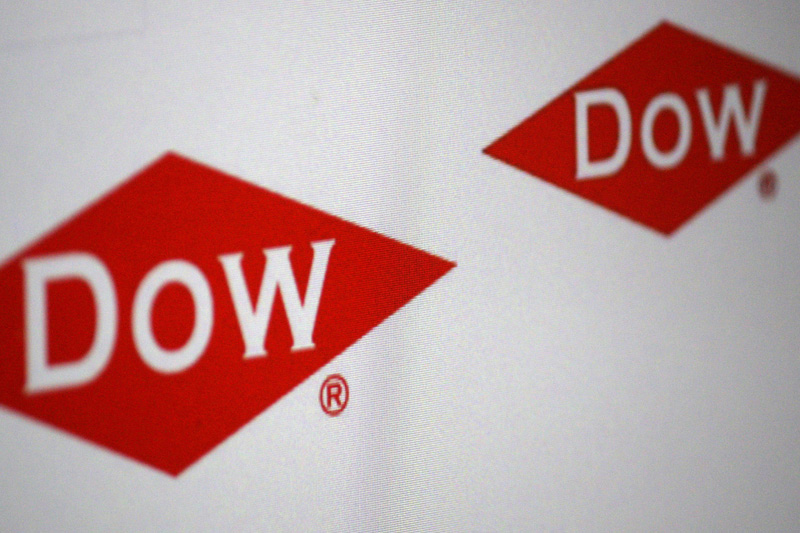
Dow (DOW) Downgraded On Demand and Competitor Risks at Jefferies
By Sam Boughedda
Dow Inc (NYSE:) shares were downgraded to Hold from Buy, with the price target cut to $45 from $71 by a Jefferies analyst in a note Tuesday.
The analyst explained the reason for the downgrade is that demand risks, pressure from competitor capacity additions, and a flatter olefins cost curve will likely keep Dow range-bound in the near term, with more downside risk as rising interest rates further erode customer confidence.
“The timing of the next trough will likely be the key debate in 2023, followed by whether our trough forecast (~18% below 2024 consensus) is too optimistic,” stated the analyst.
Adding: “With Dow curtailing global PE operating rates ~15% to help address excess supply and logistics bottlenecks and more risk to EU demand from the energy shock, we are lowering 2022E EBITDA 3%, 2023E EBITDA 5% and 2024E EBITDA 2%. We now expect EBITDA to trough at $7.8bn (18% below consensus).”
Meanwhile, a Wells Fargo analyst maintained shares of Dow Inc at Overweight but cut the firm’s price target on the stock to $60 from $70 per share.
He said the firm is reducing near-term estimates for DOW, as they expect to see continued PE pricing, demand, and margin pressure through 2H22E.
“We expect PE integrated margins to decline as a result of softer demand in certain geographies, high inventory levels, oversupply in the export market, and new capacity coming online later this year, with higher feedstock and energy costs further impacting margins. We also see these same headwinds (e.g., the energy crisis in Europe, China’s COVID policies, etc.), translating to other areas of DOW’s business (e.g., siloxanes),” explained the analyst. “We are decreasing our 3Q22E EPS estimate from $1.80 to $1.45 (now -47% Y/Y, -37% Q/Q) and our EBITDA estimate from $2.55B to $2.2B (now -39% Y/Y, -28% Q/Q) as we lower our estimates across the board as global economic weakness has been weighing on commodity prices, and as higher feedstock and energy prices continue to impact margins, especially in Europe.”


Be the first to comment